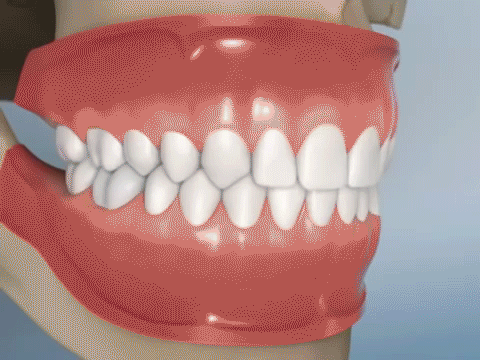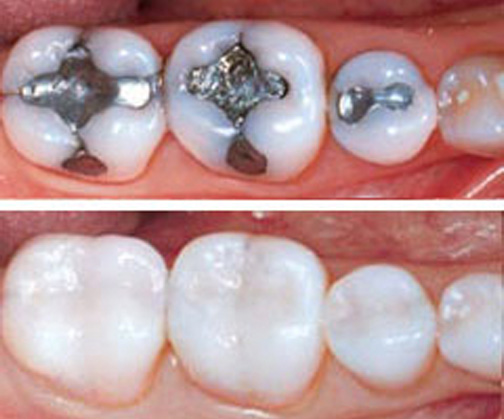

Composite resin, also commonly called tooth colored fillings, are the modern approach to tooth fillings. There are several different reasons that people would choose composite resin fillings over traditional amalgam fillings. The first reason being is aesthetics, the second is how it bonds to the tooth.
Composite Fillings
Composite Resin fillings, also known as tooth-colored fillings or white fillings, are often sought for there invisible look. Amalgam fillings are made from a mixture (amalgam) of metals, which is why they are often referred to as metallic or silver fillings. Metallic fillings can be noticeable if located toward the front of the mouth, or while talking or laughing. For a society that values white, and healthy teeth, some people might not like having visible fillings. Tooth colored fillings blend in with the rest of your teeth allowing your fillings to go unnoticed.
Differences Between an Amalgam Filling and Composite Resin Filling
Both types of fillings have their pros and cons. Amalgam fillings are more durable than composite resin fillings. These fillings usually last between 10-15 years, while composite resin fillings last about half as long. However, aside from being more noticeable, some people have allergies to the metals used in amalgam fillings.
Composite resin fillings on the other hand, these tooth colored fillings blend in with your natural teeth, and don’t have any metals in them. They also require less of the tooth to be carved away, resulting in a smaller filling. A drawback however, is composite resin fillings are more expensive than their alternative. Some insurance plans will only cover amalgam fillings, and others may only cover the price up to the cost of what an amalgam filling will cost.
